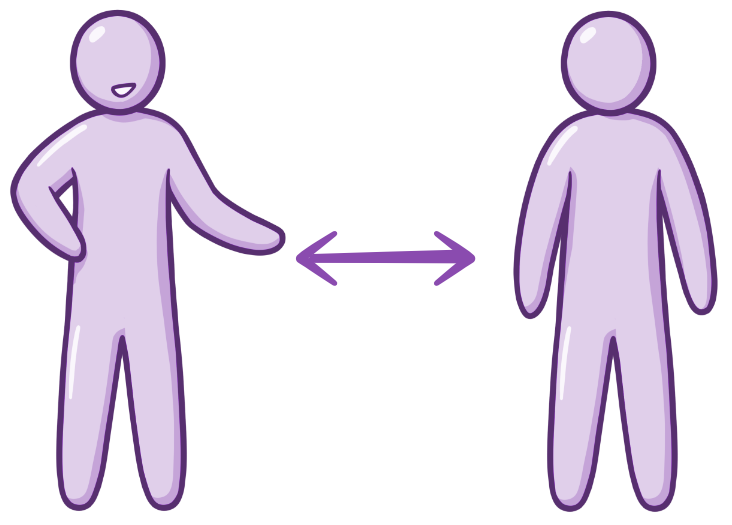Stage 1 – Empathize
Monkeypox has existed for many years, but in our country it is a new or little known disease, so there is a lot of misinformation about it. About 90 cases of contagion have been confirmed in Colombia.
People often use the monkeypox issue to make jokes and create memes:
Myths have been created about the disease:

For this purpose, the Colombian Ministry of National Health (MINSALUD) has made available to citizens an ABC containing all the important information about the disease:
What is it?
It is a viral zoonotic (a virus transmitted to humans by animals infected with the virus) caused by the simian pox virus with symptoms similar to smallpox, however, clinically symptom similar to smallpox, but clinically less severe. Although monkeypox virus was discovered in 1958, the condition was recognized as a disease in humans in 1970.
How is it transmitted?
Animal to human transmission (zoonotic) can occur by direct contact with blood, body fluids, skin lesions or mucous membranes of infected animals. Eating undercooked meat from infected animals is a possible risk factor.

What are its signs and symptoms?
The infected persons present fever, severe headache, lymphadenopathy, backache, muscle aches and fatigue during the first five (5) days. between one (1) to three (3) days after the onset of fever, the skin rash begins. The rash tends to concentrate on the face and extremities.
The rash evolves sequentially from macules (lesions with a flat base) to papules (slightly raised, firm lesions), vesicles (lesions filled with clear fluid), pustules (lesions filled with yellowish fluid) and crusts (lesions filled with yellowish fluid) and scabs which dry, fall off and are very pruritic (scratchy sensation).
How is it diagnosed?
Confirmation of a case can only be made in the laboratory, for which fluid samples must be collected from within the skin lesions. Additionally, blood or respiratory swab samples may be required to determine the diagnostics.
Treatment
No treatment, antivirals under study, clinical care should be optimized as much as possible to reduce long-term complications, provide plenty of fluids and food to patients to improve nutritional status, hydration, etc.
Finally, remember:
- Smallpox vaccine (not commercially available) confers cross-protection and has been effective in 85% of cases.
- Avoid unprotected contact with wild animals (including their meat, blood and other parts), especially those that are sick or dead.
- Avoiding close contact with other infected people is the most important factor because anyone in close contact with a positive person can become infected.
- The virus is transmitted by direct contact with skin lesions or body fluids.
- If you think you have the signs and symptoms of this disease following contact with an infected person, contact your health service.
- It is not a sexually transmitted disease, although it is spread by intimate contact during sexual intercourse.
- Sexual quarantine is not a valid indication from health authorities.
Dirección de epidemiología y demografía. (2022, 1 junio). Abecé viruela del mono. https://www.minsalud.gov.co. Recuperado 1 de agosto de 2022, de https://www.minsalud.gov.co/sites/rid/Lists/BibliotecaDigital/RIDE/VS/ED/abece-viruela-simica-mono.pdf




Comments
Post a Comment
Hello, remember to be cordial with your comments.